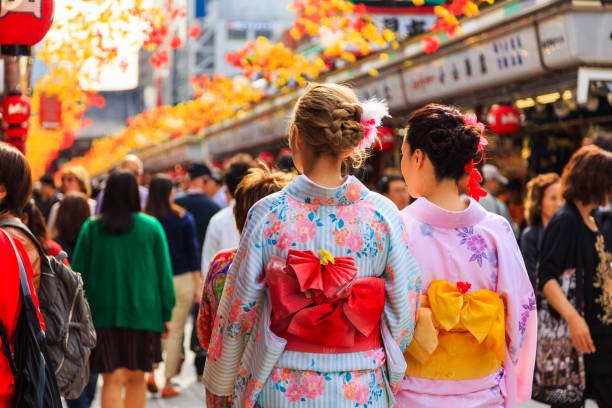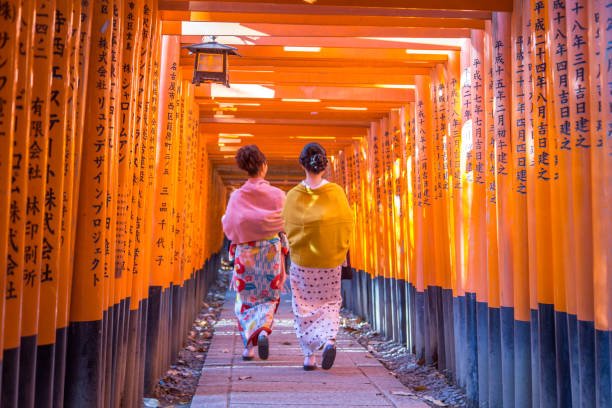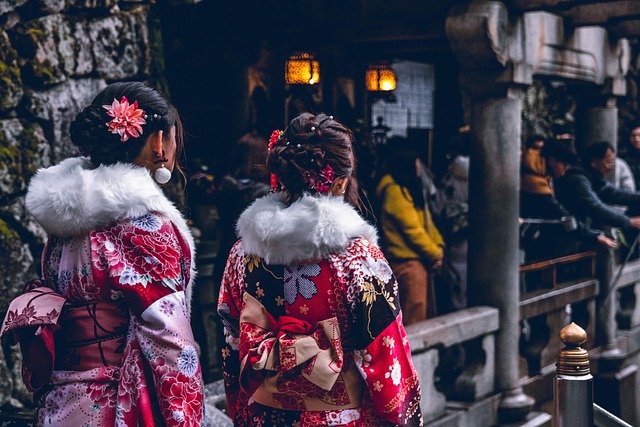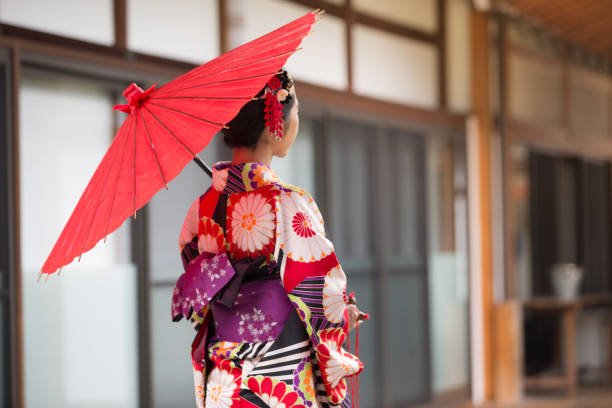Discover the rich history of the kimono, its cultural significance, and how this traditional Japanese garment continues to evolve in modern fashion.
Introduction:
The kimono, an iconic symbol of Japanese culture, has been cherished for centuries. Once an everyday garment, the kimono has transformed into a representation of tradition, artistry, and elegance. In today’s world, it is not only worn on special occasions but has also influenced modern fashion in remarkable ways. Let’s explore the fascinating history of the kimono, its cultural importance, and how it remains relevant in contemporary times.

1. The Origins and Evolution of the Kimono
The kimono dates back to the Heian period (794–1185), influenced by Chinese Hanfu-style clothing. During this time, the straight-line cutting technique was developed, allowing kimonos to be easily layered and adjusted for different body types. Over the centuries, various styles emerged, each reflecting social status, seasons, and occasions.
2. Cultural Significance of the Kimono
Kimonos are deeply tied to Japanese customs and traditions. The garment is worn on significant occasions such as weddings, tea ceremonies, and festivals. Different types of kimonos exist, including:
- Furisode: A long-sleeved kimono worn by unmarried women.
- Tomesode: A formal kimono with shorter sleeves, typically worn by married women.
- Yukata: A casual, lightweight kimono, often worn during summer festivals.
- Montsuki: A formal black kimono adorned with family crests, worn by men on special occasions.
The choice of fabric, patterns, and colors holds symbolic meaning, often representing seasons, prosperity, or blessings. The careful craftsmanship of kimonos reflects Japan’s rich artistic heritage, passed down through generations.

3. The Kimono in Modern Fashion
In recent years, the kimono has experienced a resurgence in global fashion. Designers have reinterpreted traditional kimono elements, blending them with contemporary styles. Celebrities and fashion icons have embraced the kimono-inspired look on red carpets and runways, further popularizing its appeal.
4. The Future of Kimono Culture
Despite the decline in everyday kimono wear, efforts to preserve this cultural treasure continue. Japanese artisans, designers, and cultural institutions are working to sustain kimono-making traditions while making them more accessible. Sustainable kimono production, rental services, and workshops are gaining popularity, allowing more people to experience the elegance of kimonos without losing touch with their roots.
As the world embraces cultural diversity, the kimono stands as a timeless representation of Japanese artistry and identity. Whether worn traditionally or in modern adaptations, the kimono remains a symbol of grace, craftsmanship, and history.

Conclusion:
The kimono is more than just clothing; it is a testament to Japan’s artistic and cultural heritage. From its historical roots to its contemporary reinventions, the kimono continues to captivate fashion enthusiasts worldwide. By respecting and celebrating this exquisite garment, we contribute to preserving its legacy for future generations.












